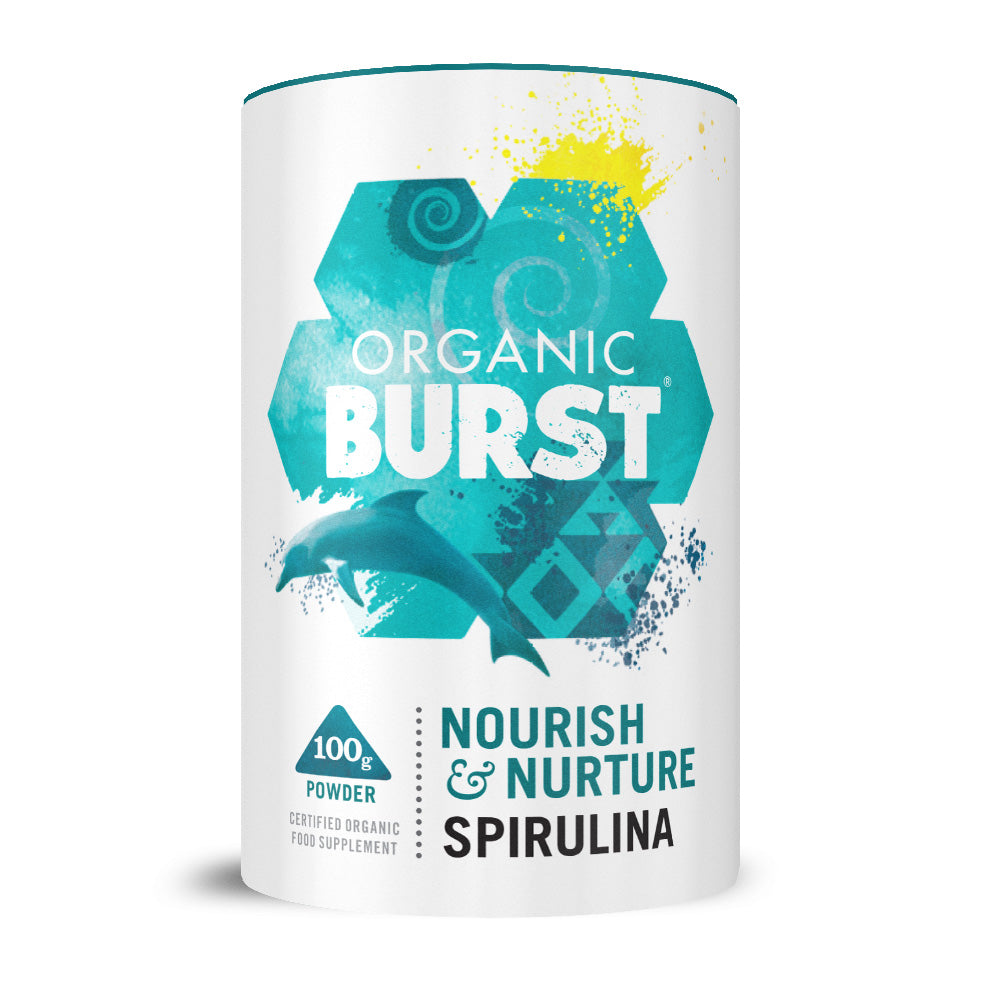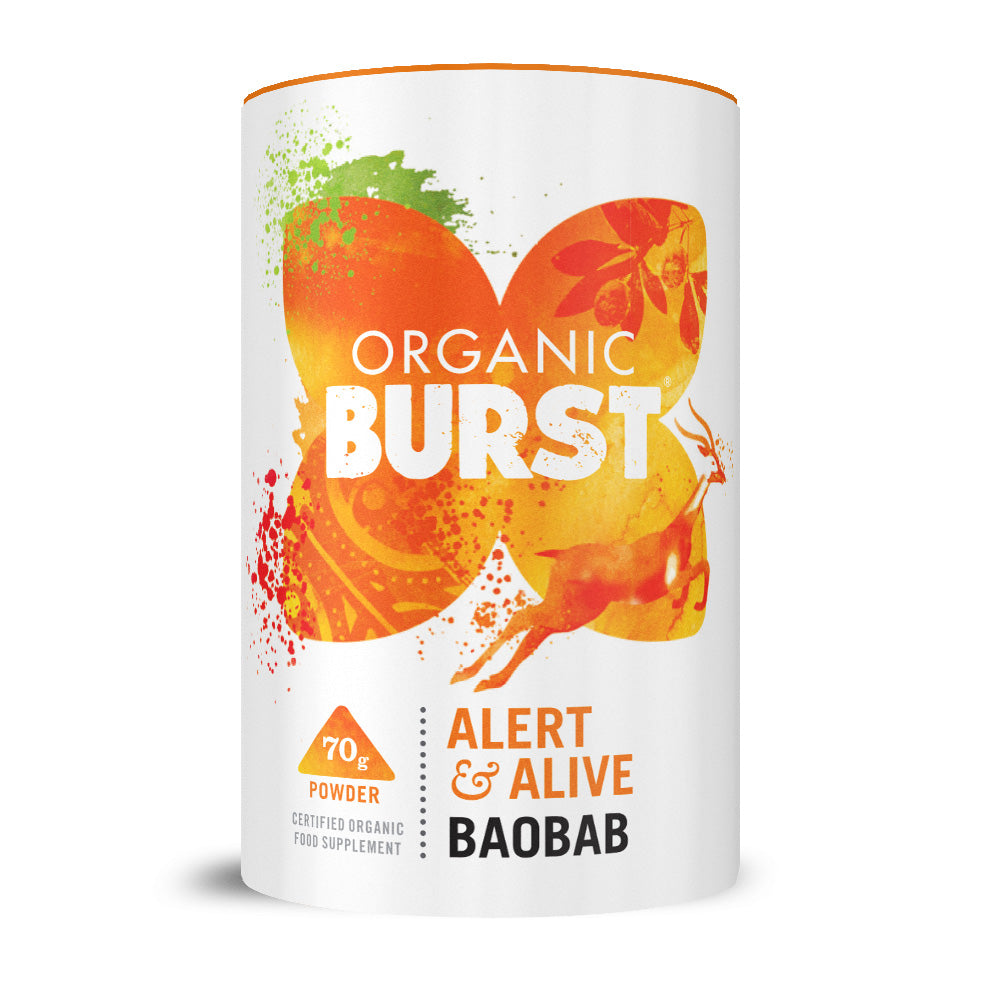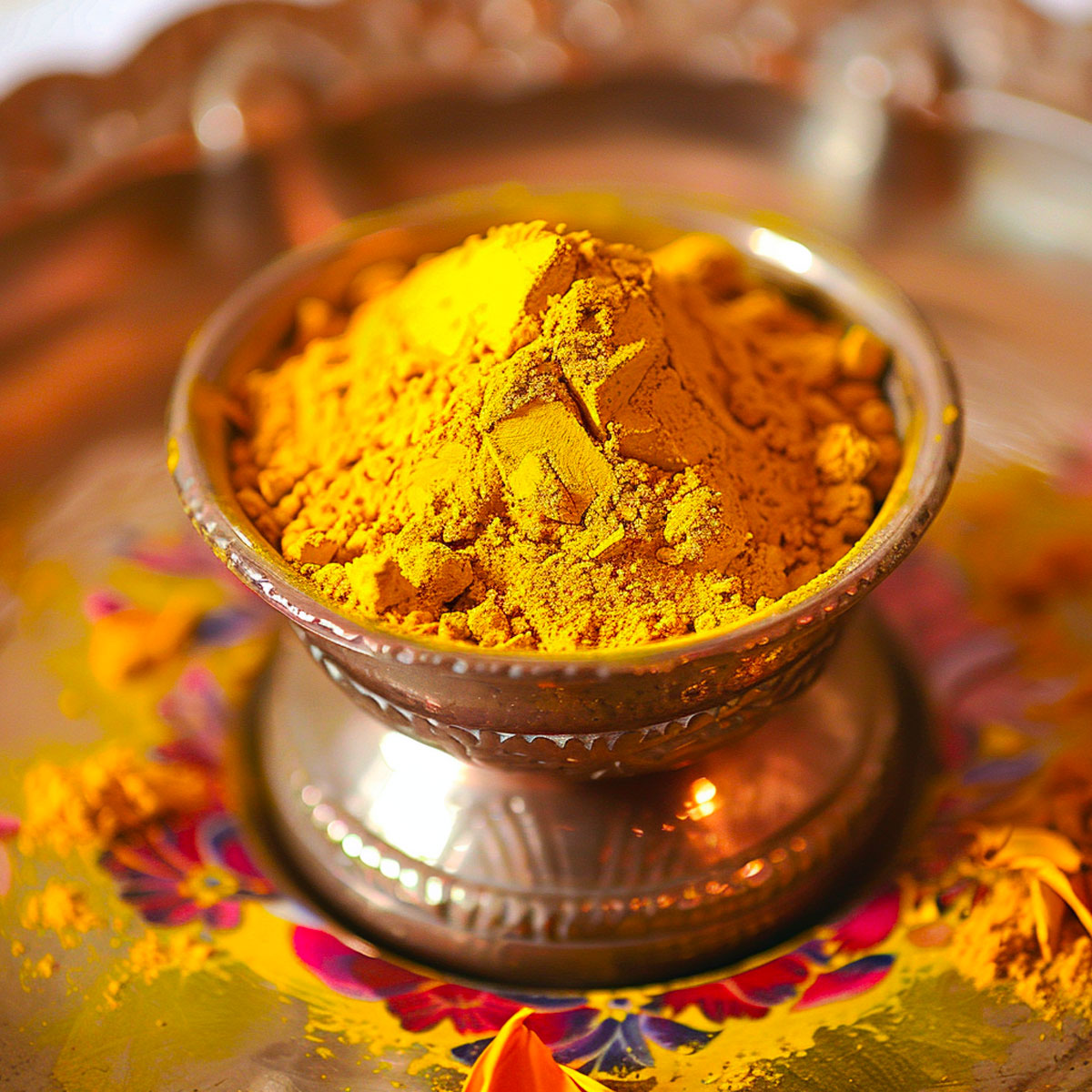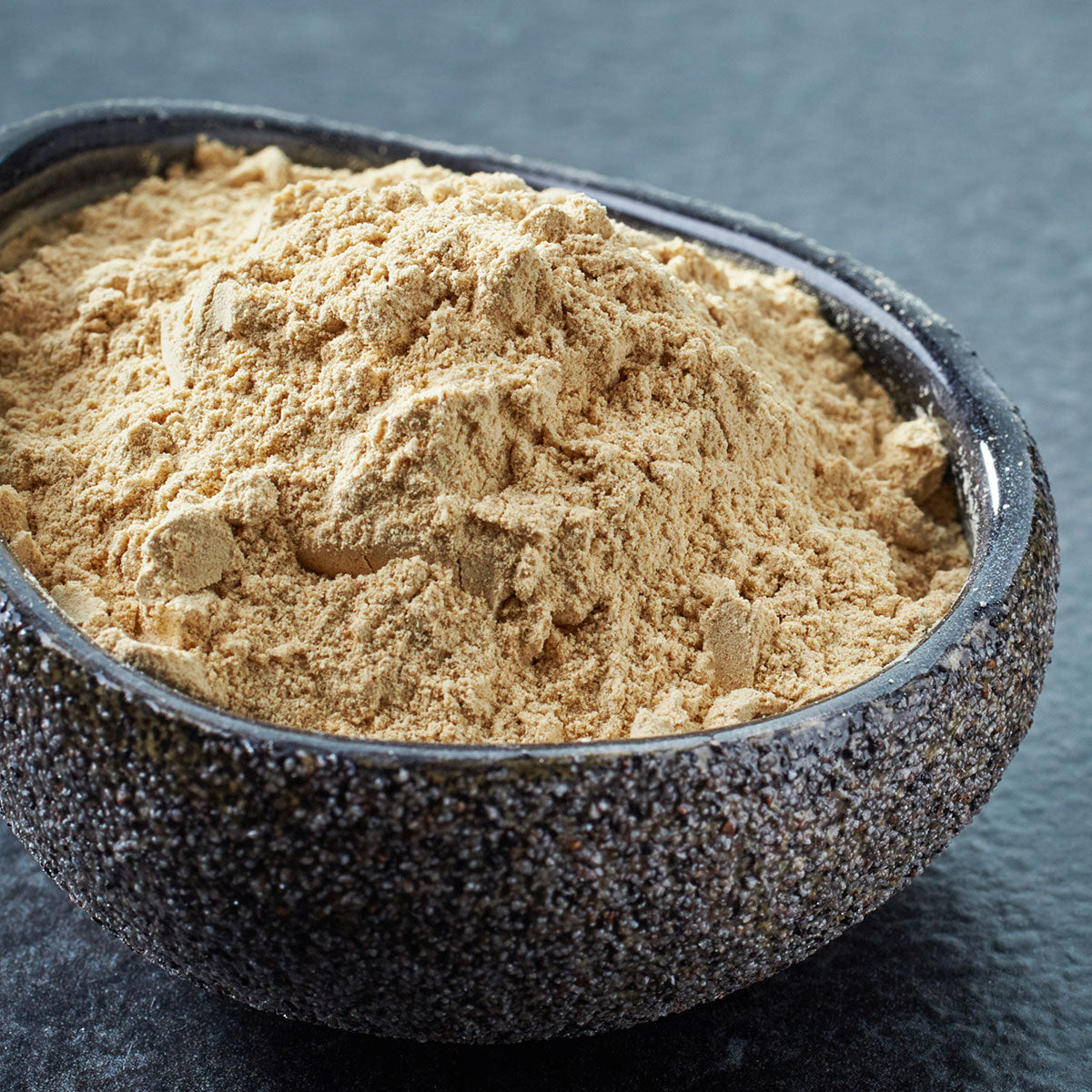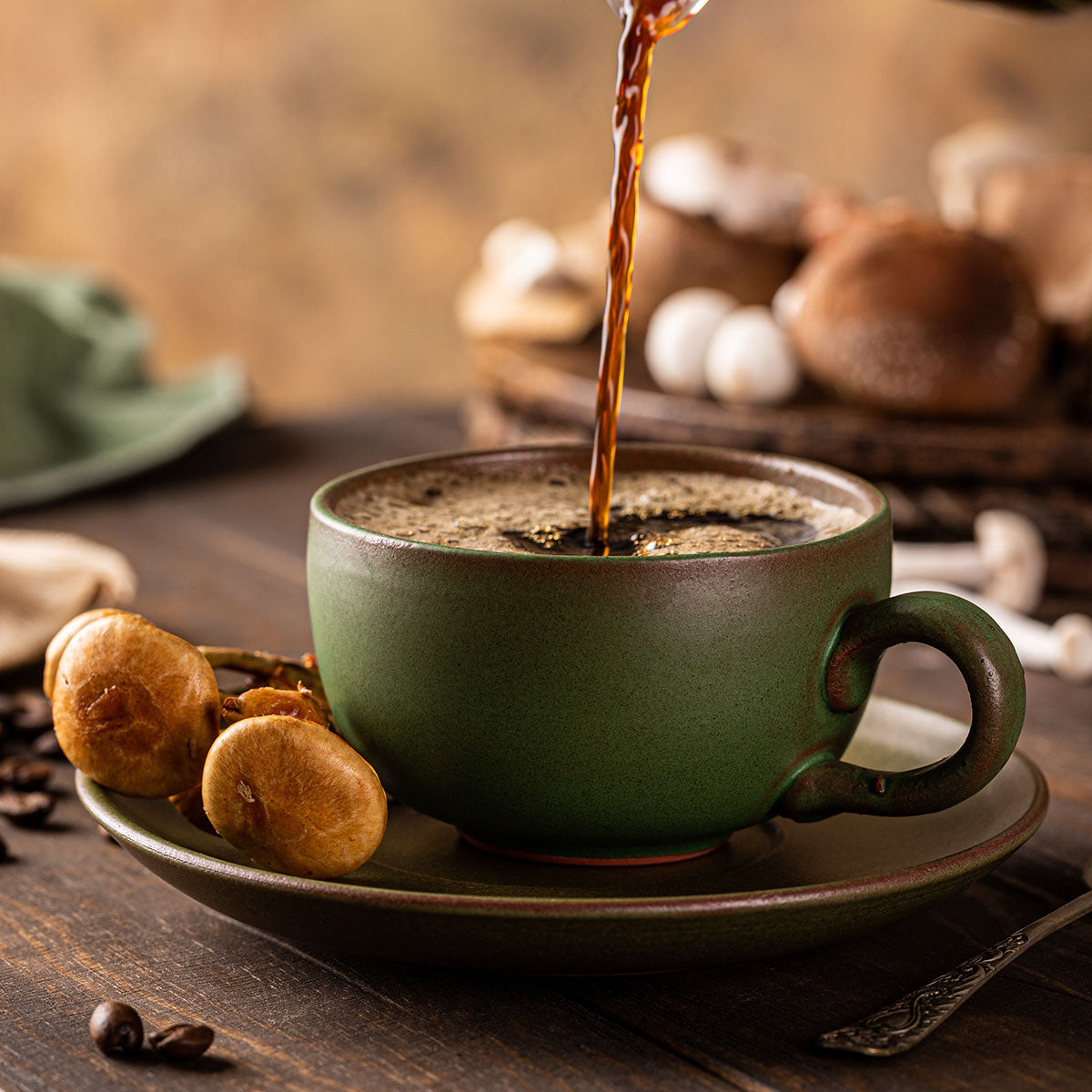
OB: There are varying levels and approaches when it comes to paleo, what would you say is the most important first step in switching to this way of eating? How did you start?
IM: I think a lot of people hear about the Paleo diet and they automatically assume that it’s something to do with the cavemen, it’s high protein and no carbs, or a crazy fad diet. That’s far from the reality.
Paleo is simply about eating real, whole foods and cooking with natural ingredients. It’s also about living a more primal lifestyle with more functional movement, better sleep, more outdoors, less environmental toxins, which combined help to achieve more optimal health and wellbeing.
It’s true that paleo takes cues from our ancestors but only in a way that studies what we as humans have thrived on for a long time, be it the food we ate or the lifestyle we led. That anthropological information is then combined with the modern science and research and forms the basis of the paleo framework.
People can adapt it to suit their health, goals, and their biological uniqueness. For example, while some people do better on a low carbohydrate paleo diet, others like me thrive with more bananas, potatoes and even occasional white rice.
So, when starting out with Paleo, it’s very important to figure out what works for you. It’s recommended to do 3-4 weeks of eating clean paleo - so no grains, legumes, dairy, processed sugar, and processed, hydrogenated oils. It sounds like a lot of no-nos but you actually still have hundreds of whole, nutrient dense foods and ingredients to choose from.
After that you can experiment with some grey-area foods like dairy or quinoa. If you feel like you can tolerate a bit of butter, yoghurt and white potato, AND you’re not suffering from serious gut issues or have an autoimmune condition, then by all means enjoy them in moderation. The same goes for the amount of carbohydrates you should consume. All those things are very individual.
That’s pretty much how I started. I also cut out some of those foods gradually – wheat and sugar first, then legumes and dairy. I also encourage everyone to consult with a health or nutritional practitioner before changing your way of eating, and perhaps to get some blood work done so you can assess your progress after a month or two. And my personal number one tip is to not get too dogmatic and obsessive about it, just relax and enjoy the ride with a few treats along the way.
OB: Is there anything about the paleo diet that you feel a lot of people don’t quite ‘get’ and you’d like to explain to us?
IM: Some of the most common misconceptions I hear are that paleo is very meat focused, cavemen died young, we’re missing out on essential nutrients, it’s a very low carb diet, it’s restrictive and the list goes on. The truth is that Paleo is ultimately just a label and perhaps, because of its name origin ‘Paleolithic’, it is often misunderstood and associated with the caveman era and tonnes of meat. However, paleo is actually 70 per cent plant based and the protein consumed is always varied – eggs, variety of meat including nose-to-tail, poultry, game, fish, seafood, and even some healthy dairy. So it’s not just steaks with every meal. I cook a lot of vegetarian meals each week. As for the cavemen, they died young due to environmental factors, infections, injuries, lack of medical aid – things that are no longer applicable in today’s living conditions. Plus, nobody is trying to mimic the cavemen – we don’t run around in loincloths and hunt our food.
OB: What’s your approach to dealing with paleo sceptics?
IM: Everyone is entitled to their own opinion but I really encourage people to not jump to conclusions about paleo without looking beneath the bonnet. I know that a lot of people think it’s the latest fad diet but unlike most diets, Paleo is more concerned with long-term health benefits and prevention rather than weight loss. It’s a lifestyle choice for many people, just like being a vegetarian or a vegan. It’s a nutritional pillar that is here to stay, I think. We might not use the label Paleo as much in the future but the principles of that approach will be around for a while.
OB: We noticed you have a huge section of fantastic vegetarian recipes on your site, we were wondering if you think it’s possible for a vegetarian to go paleo?
IM: It’s not impossible but it’s not as easy. It requires careful planning to make sure you get adequate amounts of protein and essential amino acids as well as iron and B vitamins, which are high in animal products. I think a vegetarian paleo framework might need to include additional foods like quinoa, buckwheat, or amaranth, properly prepared and cooked, and some full fat dairy. It would also be easier if some fish or seafood were also added.
OB: Tell us about your most popular recipe?
IM: I have so many! In my Eat Drink Paleo Cookbook, it would have to be my paleo banana bread, lemongrass coconut pumpkin soup, and chilli chocolate mousse, and on my website the sweet potato chocolate brownies, paleo lasagne and Mexican tuna steak with warm peppers and avocado salsa would be the winning trifecta.
OB: Are you a superfood fan? How and why do you use superfoods in your recipes?
IM: I try to get as many nutrients as I can from everyday food, but like everyone else, I do get lazy and often I simply don’t have the time to prepare a well-balanced meal. So I keep a few superfood powders on hand, such as Organic Burst Spirulina or Baobab, which I add to smoothies, juices or on top of my granola for extra nutrients. I find sneaky ways to add my green powders into dishes such as by mixing them into salad dressings, soups, meatball mix, pancake and muffin batters and so on.
OB: What are your top 3 ingredients?
IM: You’re making this so hard with just three! Based on what I’ve cooked with in the last week, it would have to be eggs, coconut oil, and sweet potatoes. If I can sneak in two more, I would also add broccoli and butter.



